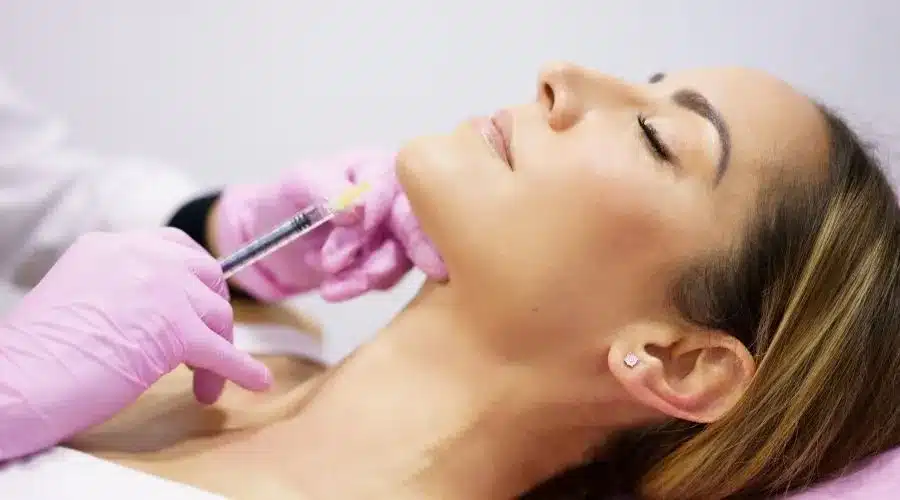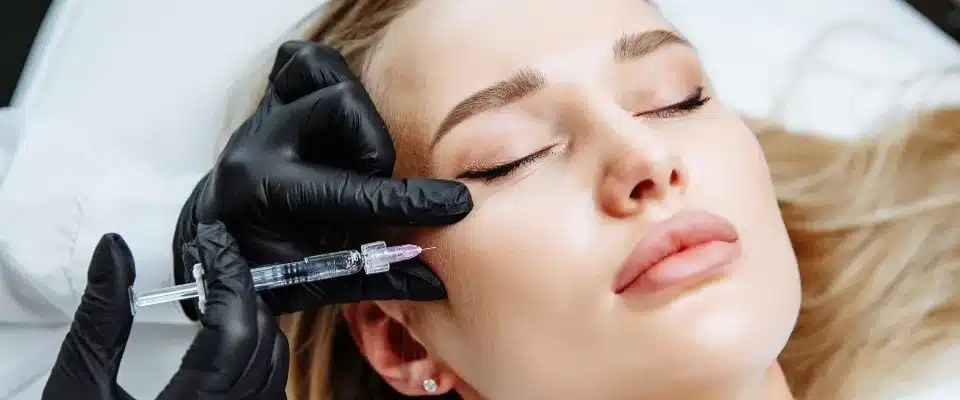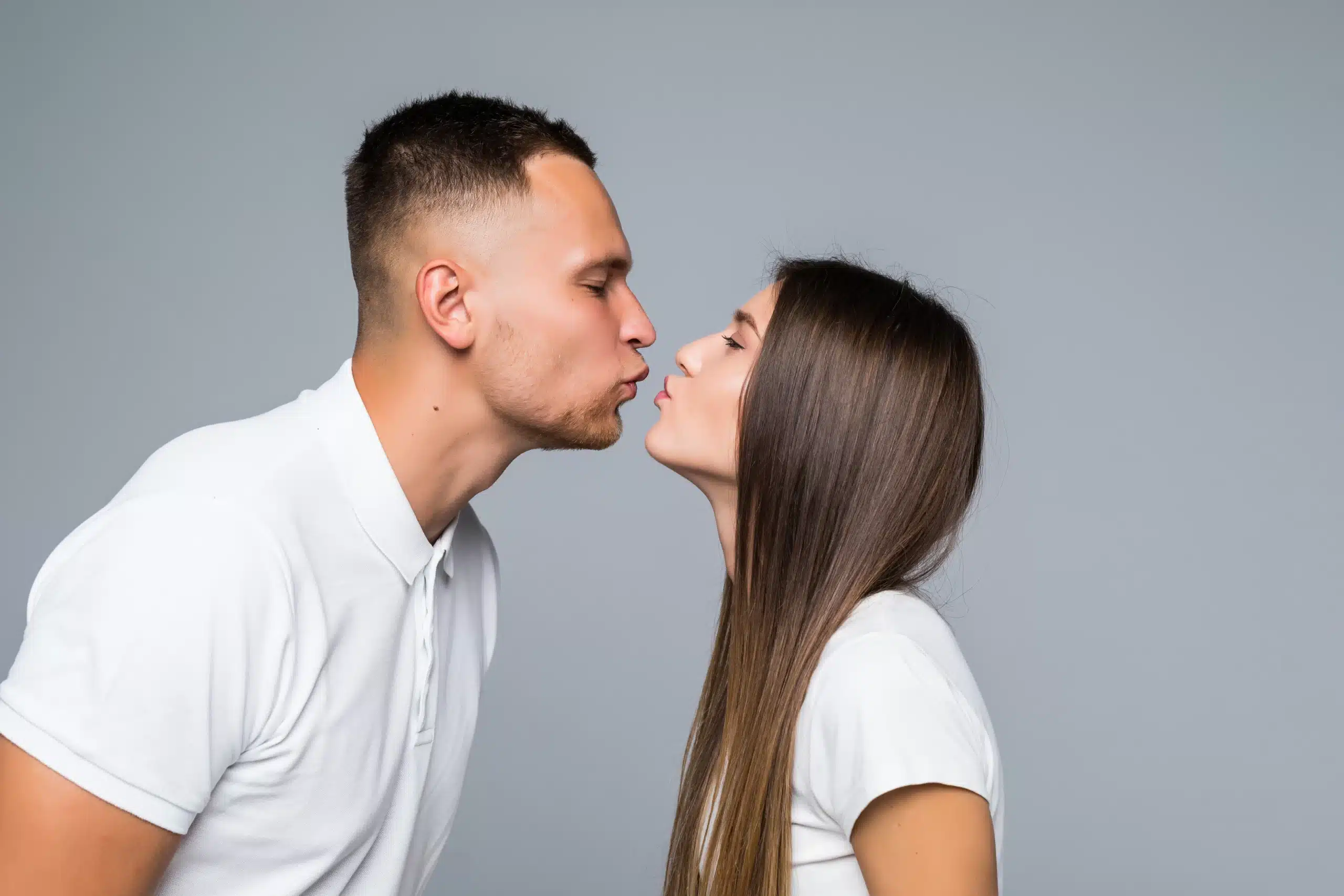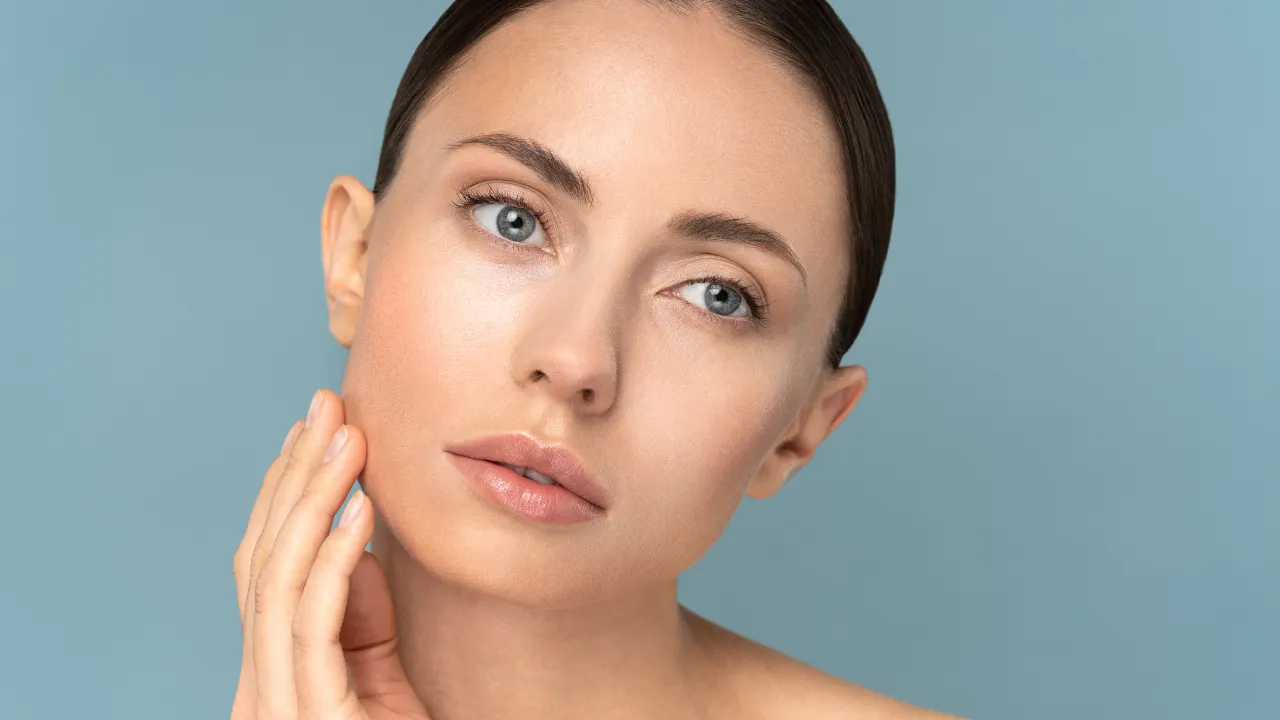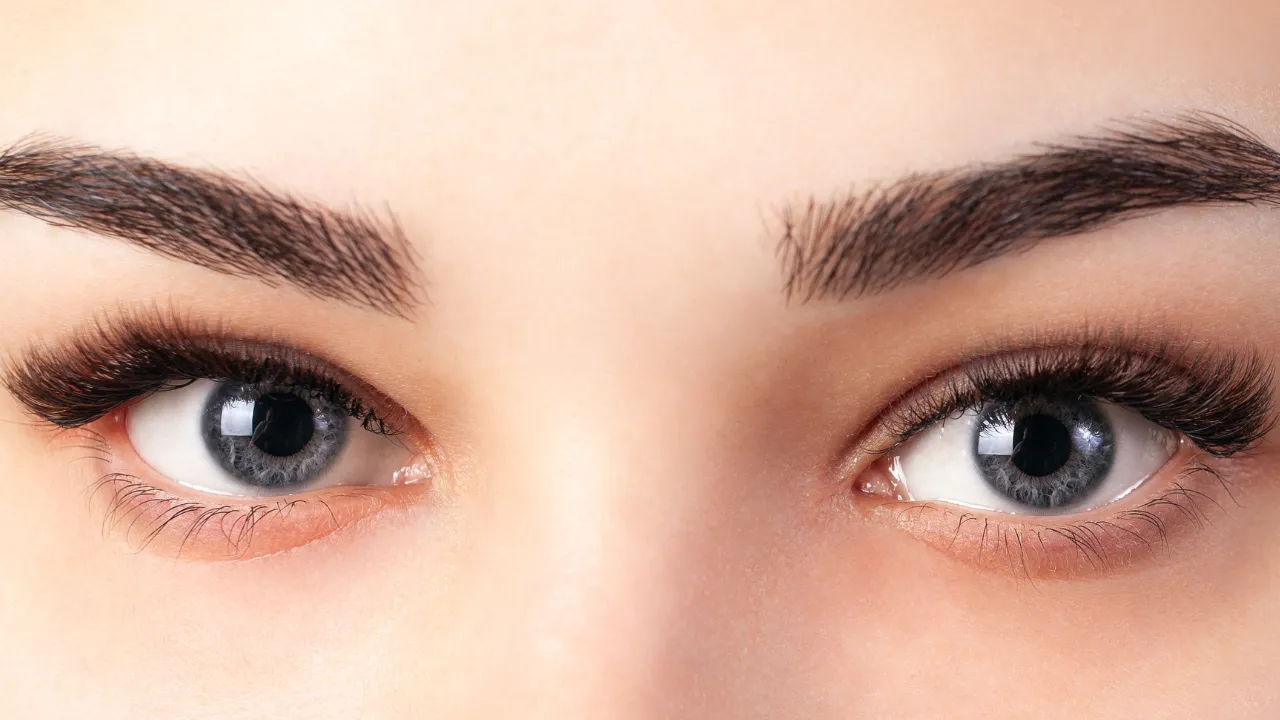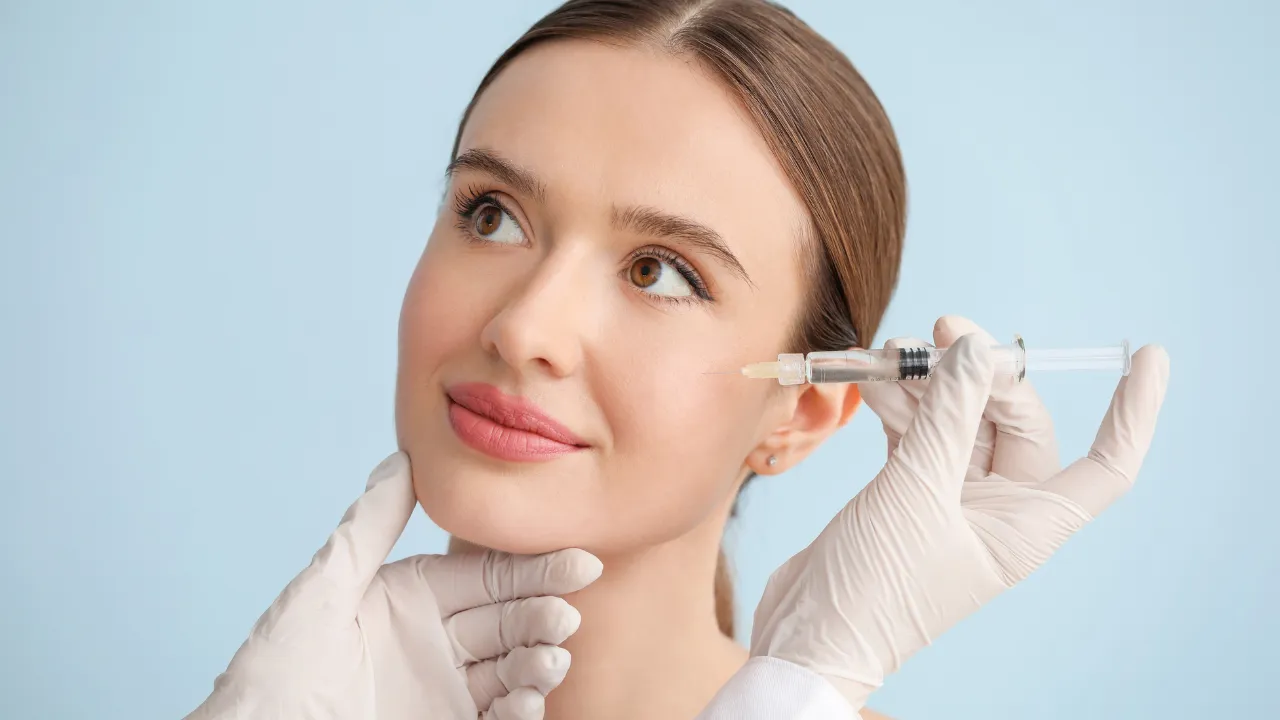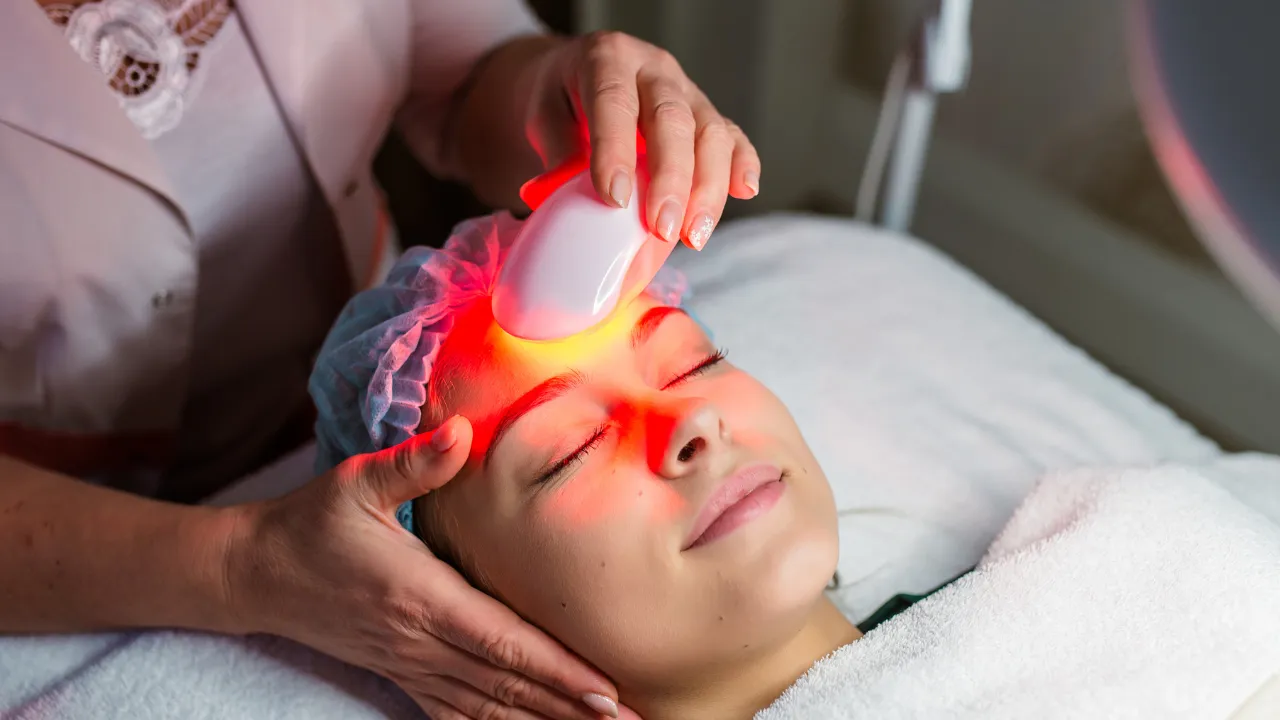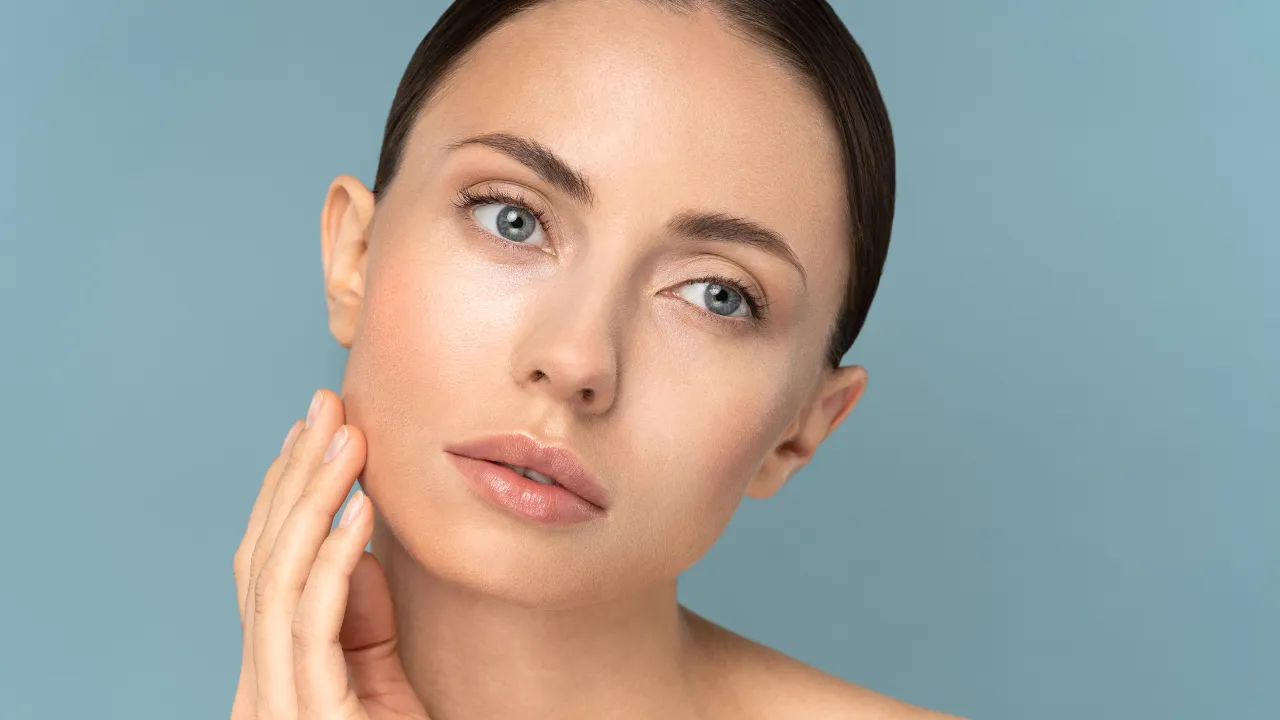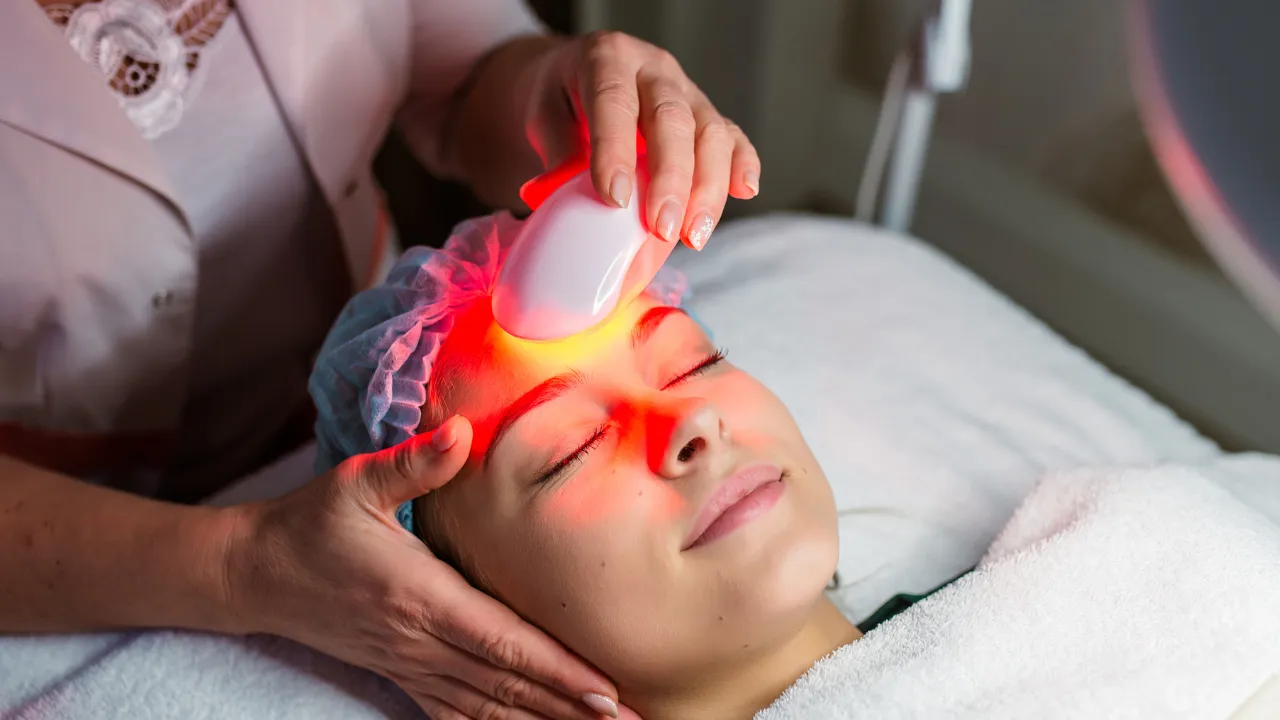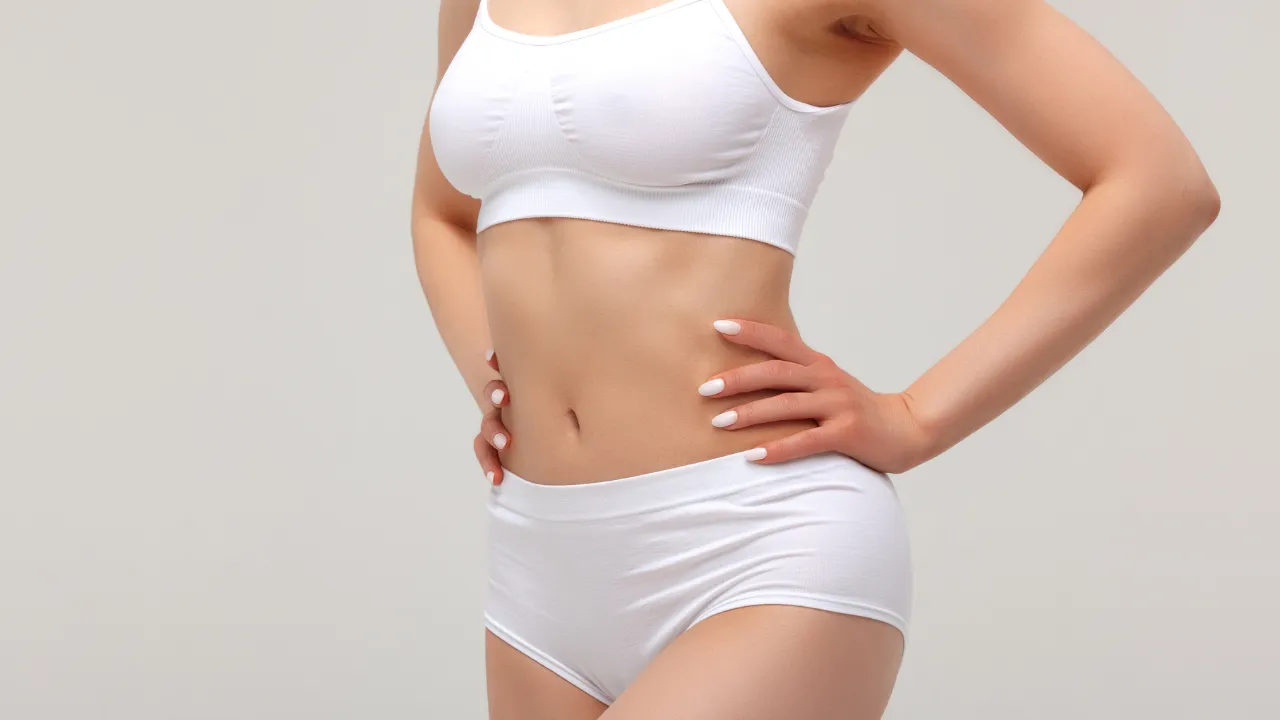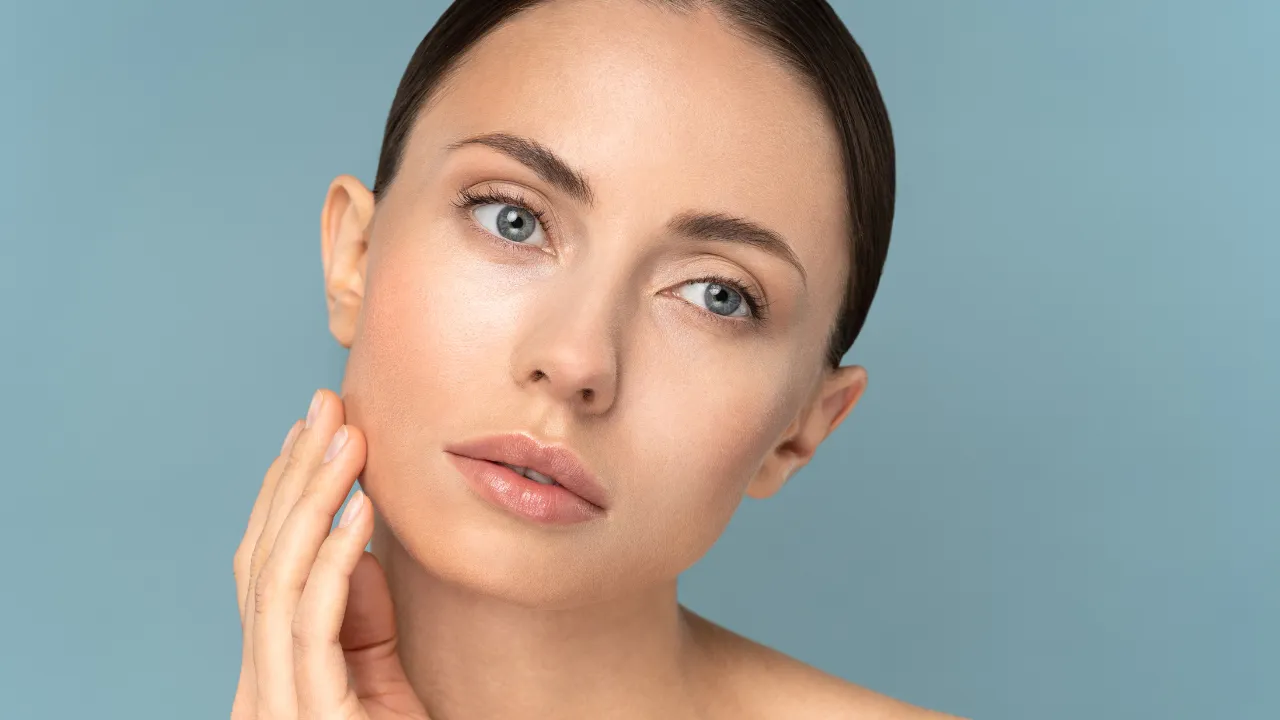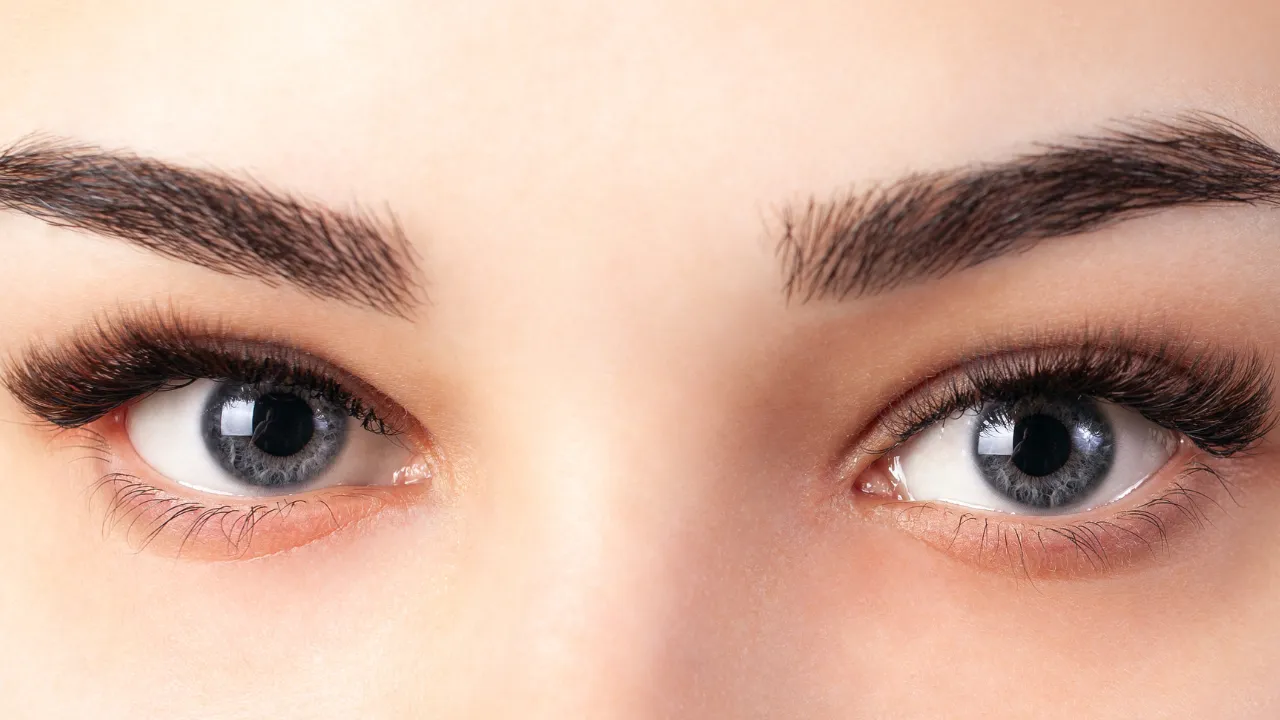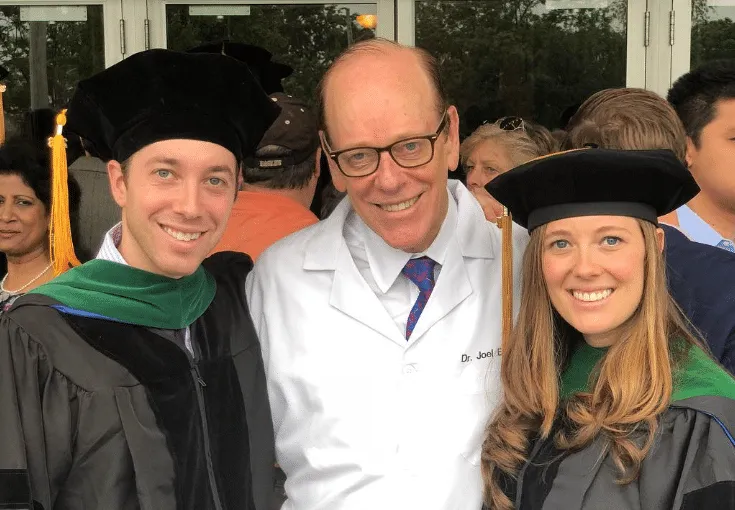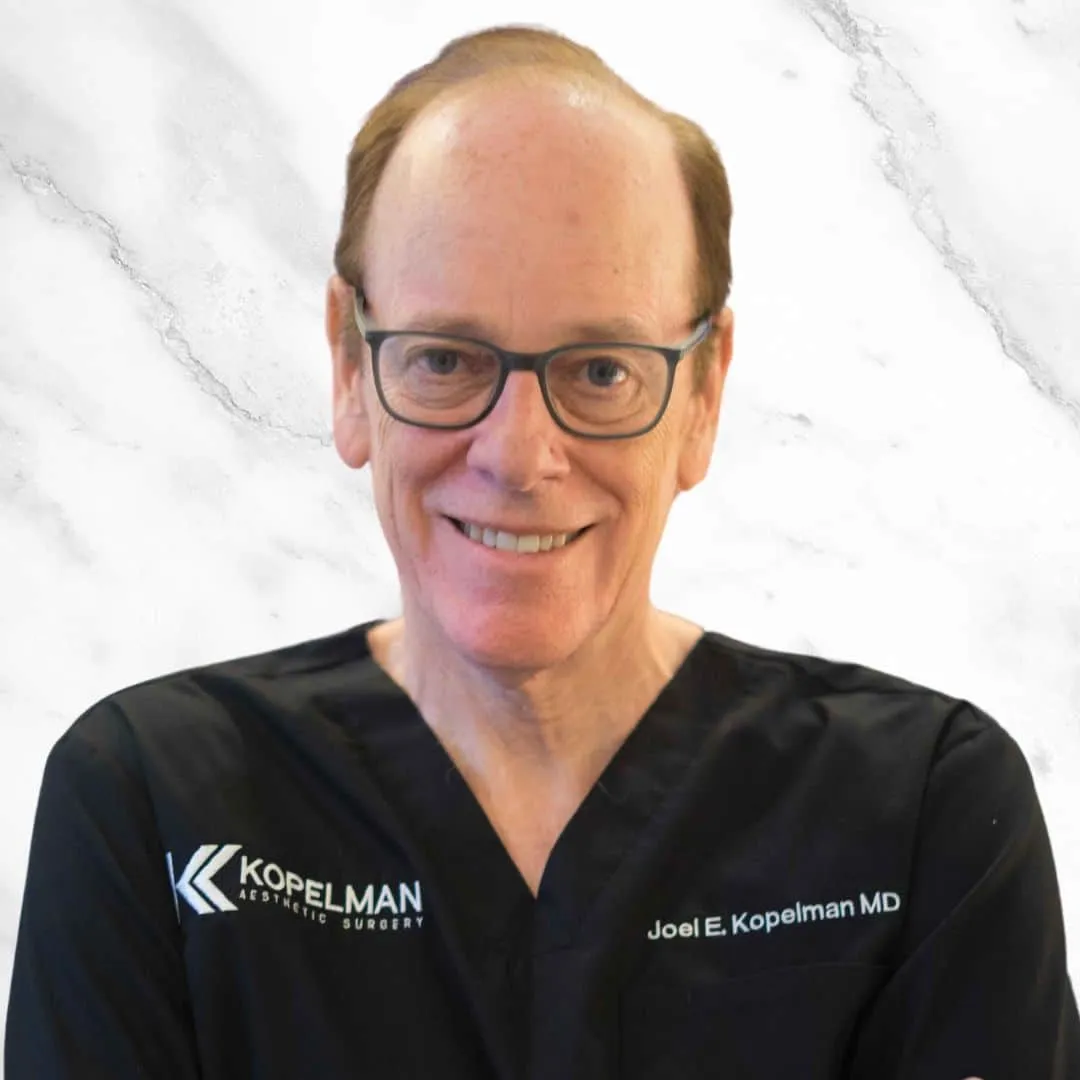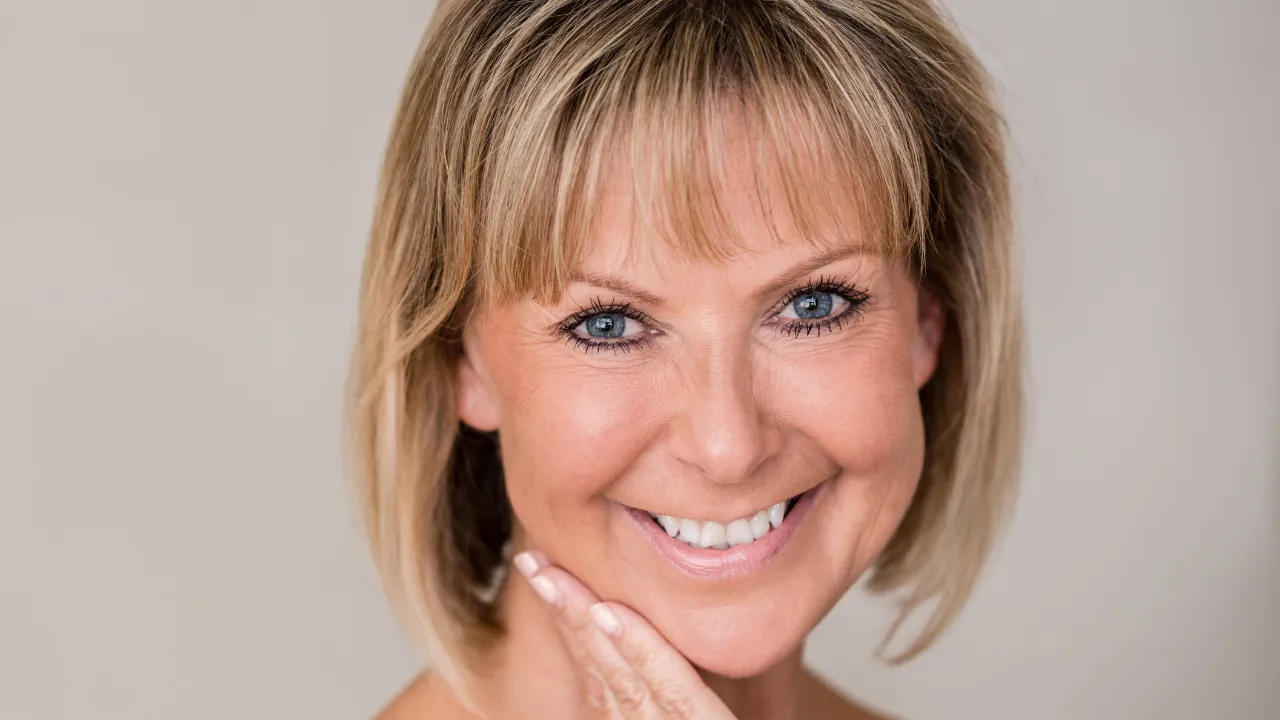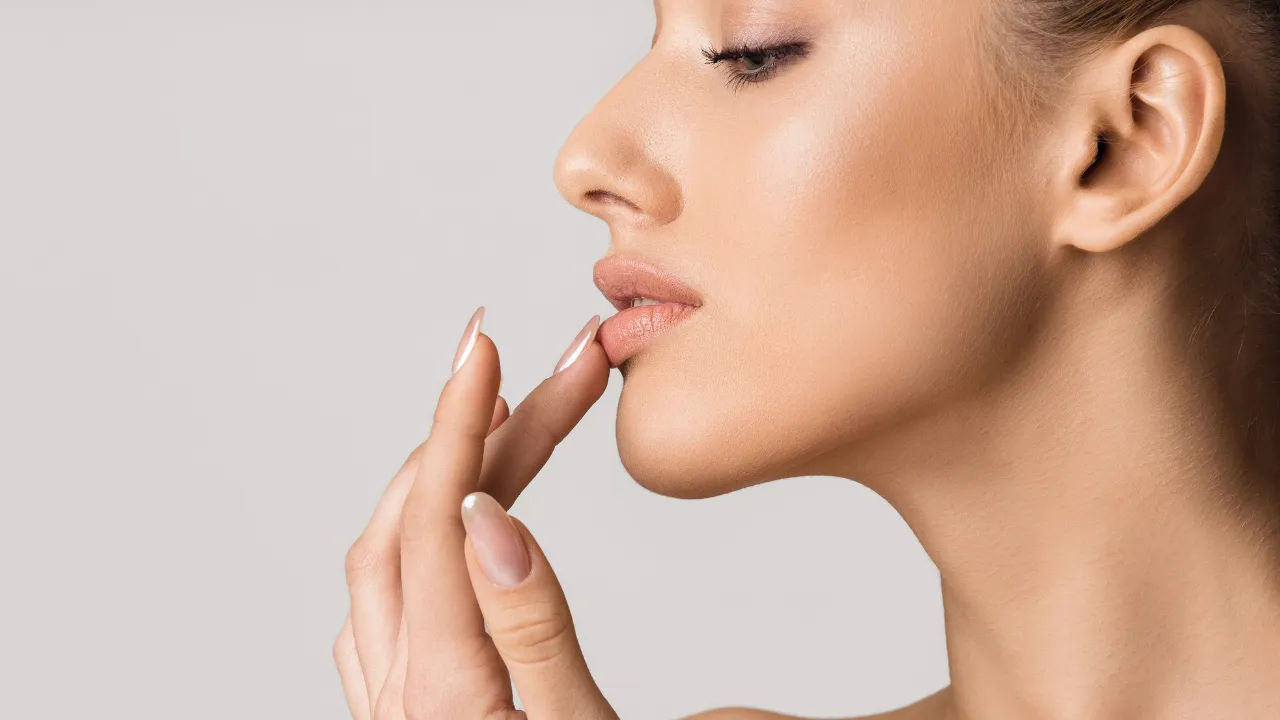If you are seeking natural looking results following an upper eyelid cosmetic blepharoplasty or an upper eyelid lift then you should have an in-depth discussion before surgery with an eyelid specialist about where the upper eyelid crease will be located following your procedure.
Why do I believe this particular discussion to be so important? The position of the natural upper eyelid crease is a critical anatomic landmark when you are thinking about having upper eyelid cosmetic surgery because, in my experience, the only way to obtain a “natural” non-surgical appearing upper eyelid following surgery is to meticulously plan where the surgeon intends to make the upper eyelid incisions.
If this discussion does not take place prior to surgery you maybe surprised to find that your eyelid crease may appear too high or low. It is therefore very important to stress to the surgeon that you want a naturally positioned crease and you do not want a crease that changes your appearance.
It seems like a basic fact that all eyelid specialists know the anatomic proportions of the upper eyelids and therefore they should produce natural appearing results but we all know famous faces that have an altered appearance to their eyelids like Michael Jackson, Kim Novak, and Kenny Rogers to name a few.
How did this happen? “ Wait a minute! I thought every plastic surgeon knows what the normal anatomy of the eyelid looks like and where the normal position of an eyelid crease is! ” Most eyelid plastic surgeons do know the proportions that are commonly found in the general population but the truth is many general plastic surgeons ignore the facts that are in front of them and choose to perform upper eyelid blepharoplasties in a “cook-book” fashion that they learned many years ago in their residency programs.
They commonly do not every take into account the natural anatomic proportions when they plan and execute upper eyelid surgery and instead produce unnatural results. They just repeat the same operation they were taught when they were residents and then pass along the same faulty assumptions to the next generation.
That is why you should consult an oculoplastic eyelid specialists who will be very precise in their assessment of your upper eyelid dimensions including where the natural eyelid crease should be so your surgical outcome will look natural not “done”.
BEST DIMENSIONS TO ACHIEVE A NATURAL LOOKING UPPER EYELID CREASE?
In most caucasians, the upper eyelid crease divides the upper eyelid anatomy into two parts the tissue below the crease is usually one quarter to one third of the vertical height of the upper eyelid and the remaining distance from the lower brow hair to the crease represents three-quarters to two thirds of the upper eyelid height. There are of course exceptions in every population but in general these dimensions are most commonly found in “Western” caucasian eyelids. In addition, male eyelid creases are typically slightly lower compared to women.
These proportions are markedly different in Asian populations and vary greatly from South-east Asia to northern China, Korea, and Japan and other ethnicities. Of course, there is a blending of features in many people. Compared with caucasion, Asian eyelid creases in general, are characterized by low upper eyelid crease positions and divide the vertical height of the upper eyelid in 80/20 proportion. Typically twenty percent or less of the vertical height of the upper eyelid is represented below the crease.
Why is it this so important to recognize where the eyelid crease is before surgery?
Because if the surgeon is not very precise about where the natural crease is supposed to be they may create a very unnatural high crease or in Asian populations they may actually change the distinctive ethinic characteristics of the patient which can be very distressing and not easily corrected.
What causes the creases and shape of the eyelids to be so different?
We have to look at the the underlying anatomy beneath the skin to begin to understand the internal anatomic differences between western caucasian eyelid structures and Asian eyelid anatomy. Internal eyelid anatomy determines the location of the upper eyelid crease and the formation of upper lid creases is intimately related to underlying structural differences and attachments that occur in Asian and Caucasian populations.
If you want to understand more the diagrams below demonstrate the internal anatomic differences that produce distinctive differences in caucasian and Asian populations.
CREATING A NATURAL UPPER EYELID CREASE – THE IMPORTANCE OF UPPER EYELID PROPORTIONS
Now if a patient wants to rejuvenate their upper eyelids it is critical that the proportions of the natural eyelid are preserved. If the dimensions and proportions of the eyelid are ignored then the shape and appearance of the eyelid may precipitate a change in ones appearance and in some cases compromise their unique ethnic characteristics.
The change in proportions during surgery will lead to a change in your appearance that is not always favorable. There may be too much tissue excised that could leave you with a gaunt appearances and high eyelid creases that is a dead give away that you had surgery.
In men a high crease may effeminize the appearance of their eyelids. Some people don’t mind having “signs” of having surgery, they wear it like a badge of honor. But most of my patients prefer to remain anonymous and wish to conceal their “new” look. They just want to look refreshed but not necessarily different.
The position of the eyebrow is also important consideration when discussing upper eyelid surgery with your surgeon. A frequently asked question: “Brow?? – why should I discuss my brow when I came for my upper eyelids?”
In fact, the eyebrow position has a direct impact on the contour and shape of the upper eyelid. If the brows are low or if they have drooped then they push the upper eyelid skin downward. An accordion-like effect occurs. The skin becomes sandwiched between the brow and the eyelashes.
Typically most brow elevations are performed endoscopically which means that small incisions are made behind the hairline and a small telescope called an endoscope is introduced through the scalp incisions.
This scope allows the surgeon to “look” underneath the skin at structures that hold the brow down without the need to make large incisions. Once the tendons beneath the skin are released the overlying skin will rise to a higher position thereby correcting the drooped eyebrow and restoring the the eyelid proportions that were affected by the descent of the eyebrow.
Patients fear that a brow lift will make them appear overdone but if performed properly they will never appear like a “deer in the headlights”. For patients who are averse to surgery a non-surgical approach to elevating the eyebrow is also possible. Hyaluronic fillers like Juvederm or Restylane or fat grafts beneath the eyebrows can mechanically elevate the brows by adding volume beneath the eyebrow. Botox or Dysport can also be used to inhibit the eyebrow depressor muscles which will produce a temporary elevation of the forehead/eyebrows.
TAKE AWAY POINTS
- Will the surgeon preserve the anatomic dimensions of my upper eyelids
- 2) Is the position of the brow high, low or normal in relation to the upper eyelid crease?
- 3) Where are there bulges of protruding fat particularly of the upper inner corner of the eyelids?
- 4) Are there any eyelid hollow(deficient) areas present?
- 5) Is there a deflation of the lateral eyebrow?
- 6) How much skin can be removed so that you will be able to safely close your eyelids?
- 7) What Kind of Recovery Can I Expect Following An Upper Eye Lift?
An upper eyelid lift in most cases is a routine procedure usually unassociated with significant risks or complications. The chances of developing dry eyes or exposure of your cornea are minimal if the procedure is performed by an experienced eyelid expert.
PREVENTIVE STEPS TO MAKE YOUR UPPER EYELID CREASE PROCEDURE GO SMOOTHLY
Prevention of possible common side-effects starts before the procedure takes place! How is that possible? Well, if you follow standard preoperative guidelines and avoid alcohol, smoking and drugs that can precipitate intra-operative bleeding then you will have less bruising and scarring after surgery. If your blood is “thin” during the procedure then your surgeon will have to stop your oozing by coagulating blood vessels.The heat generated with a cautery may lead to more scarring and swelling.
- Drugs To Avoid: The drugs you must avoid are any anti-coagulants that “thin” your blood like aspirin, Plavix, Advil, Motrin, fish oil, and vitamin E to name a few.That means -stopping all these blood thinners two weeks before an upper eyelid crease surgery can actually improve your chances of getting even better results!
- Mild Pain: Most patients want to know if they are going to have significant pain following an upper eyelid lift. In most cases there is very little discomfort following an upper eyelid lift procedure. I usually prescribe Tylenol three to four times a day for the first twenty -four hours after which most patients are entirely comfortable.Tylenol is my preferred analgesic because the degree of discomfort is relatively mild, and most importantly it doesn’t cause nausea and vomiting like narcotics.Vomiting can raise your blood pressure and precipitate bleeding around your eyelids. Therefore, stick to the safer option, acetoaminophen (Tylenol). In addition your surgeon should give you an anti-emetic (anti- vomiting drug) like ondansteron and steroids prior to surgery or during the procedure to inhibit nausea.
- Swelling: Often patients experience some swelling of their eyelids. This swelling will resolve in most cases very quickly with cold compresses. You can use frozen peas or crushed ice in Zip-lock bags and apply them for fifteen minute intervals four times a day for the first two days following surgery.I do not recommend direct application of ice over the incisions unless it is contained in a plastic bag because water on a fresh wound can lead to an infection.
- Bruising: You may see bruising immediately following the upper eyelid crease blepharoplasty or you may have a delay in the onset of the bruising.Initially for the first two days apply cod compresses to the eyelids as outlined above.However, after two days switch to warm compresses and the bruises will resolve more quickly.Heat will dilate blood vessels, increase circulation and help to accelerate the resolution of the bruise.
- Exercise: What else should I avoid? Exercise is ok as long as you limit yourself to walking at a moderate pace. I discourage any vigorous aerobic exercise for at least two weeks because when you lift weights or run really fast your heart rate and blood pressure may rise which could precipitate spontaneous bleeding.
- Drugs to Take: Some patients use arnica montana, a naturally occurring herb, to relieve bruising and swelling.Patients typically dissolve 5 pellets under the tongue 3 times a day starting one day before surgery and continuing for four days after. The night prior to surgery you will take oral antibiotics and you will continue to take the pills four times a day for two days following the procedure. After surgery you will apply bland eye ointment to the wound twice a day to keep the wound clean. In order to avoid developing and infection remember to apply this ointment with a cotton-tip applicator not with your fingers.
- Suture Removal: Five to seven days following an upper eyelid lift sutures are removed in the office. Usually little discomfort is associated with the removal of these sutures.Removing suture at this time will prevent suture “tracks” that may form if you leave the sutures in for a more prolonged time. I don’t recommend absorbable suture for the upper eyelid because removing non-absorbable suture actually produces finer incisional scars.
- Getting Back in Action: You can resume your normal activities soon after surgery provided you use good common sense.
I hope I have given you some insight into understanding what factors play a role in the assessment and performance of a successful and safe upper eyelid lift.


